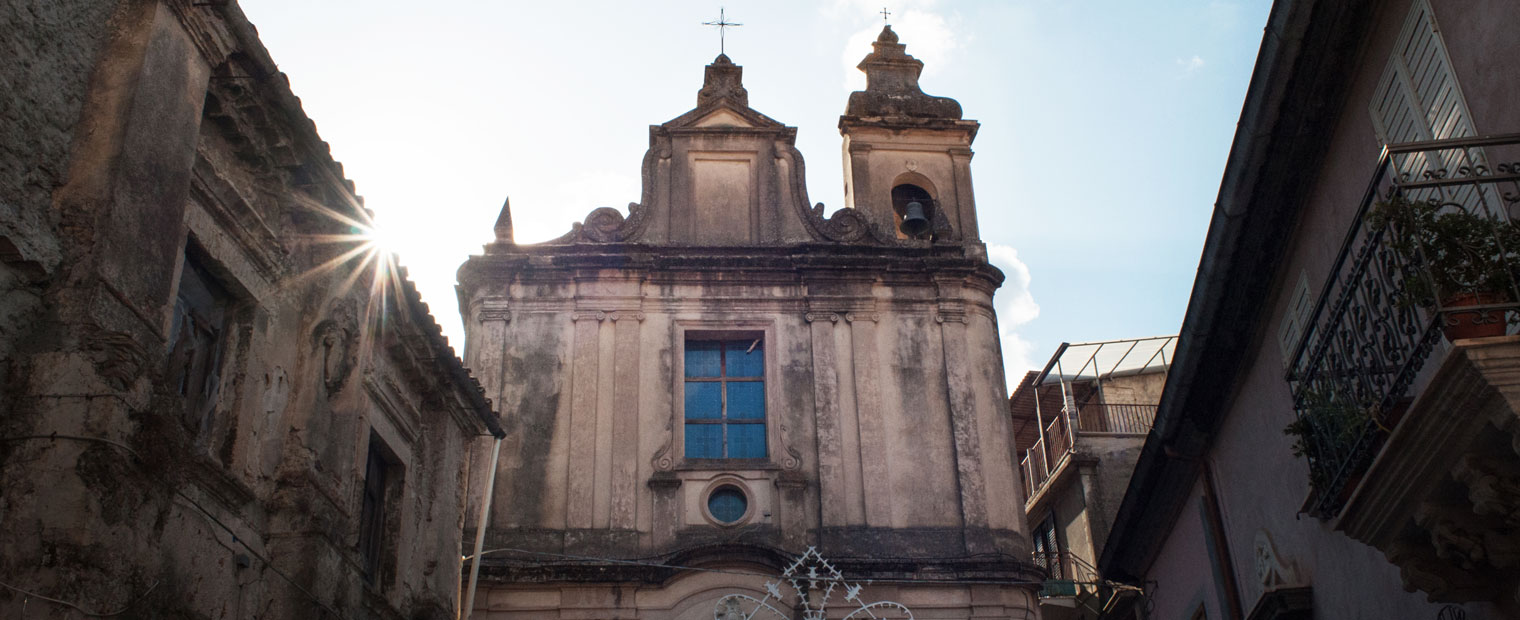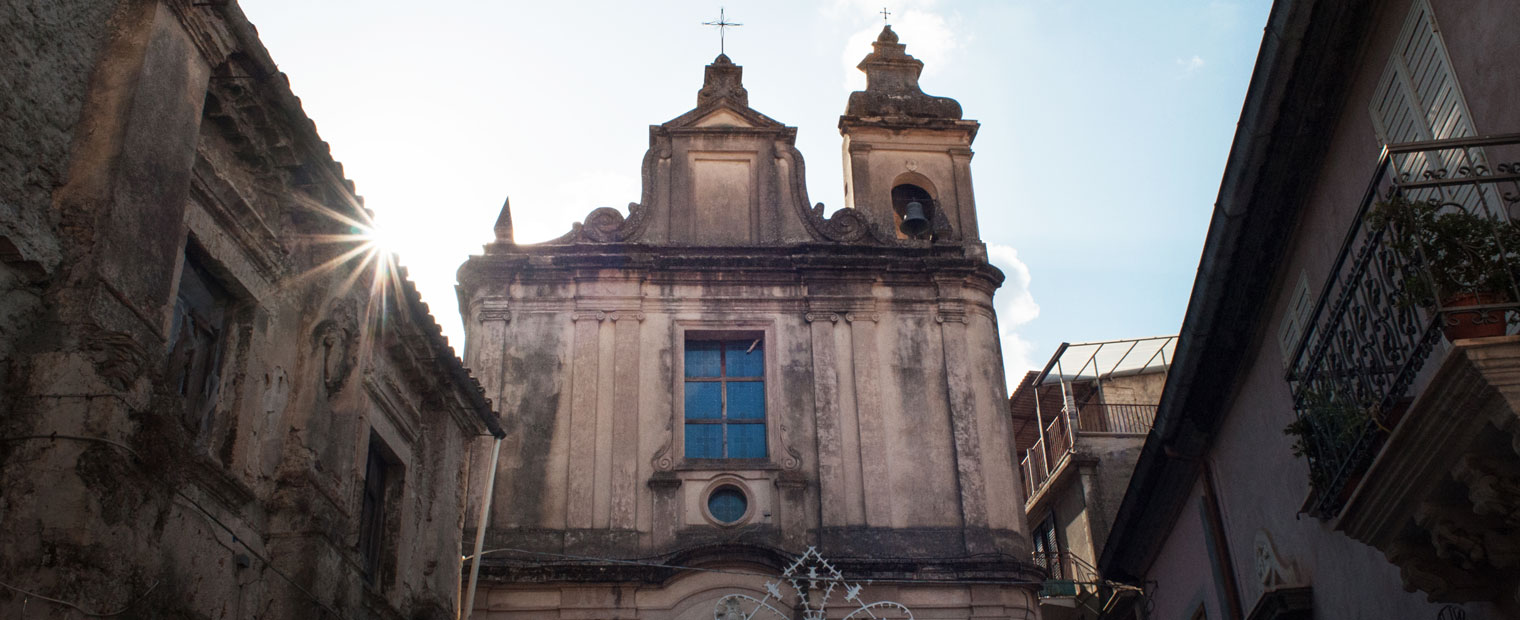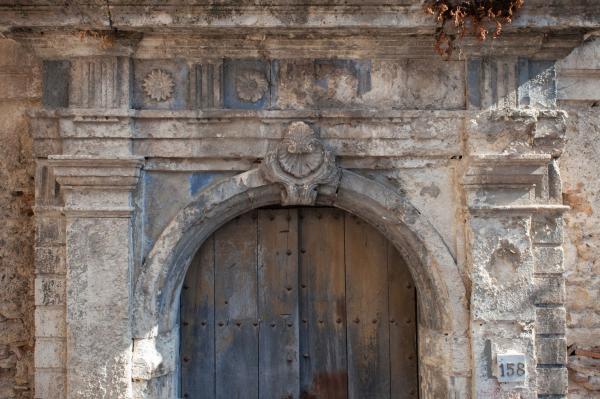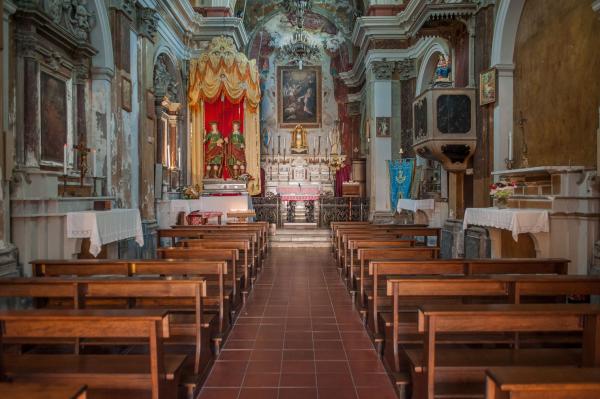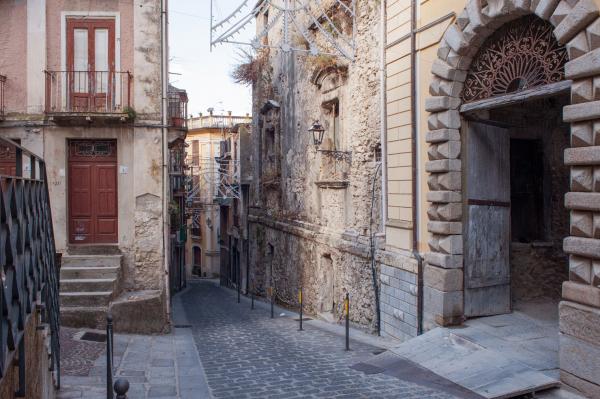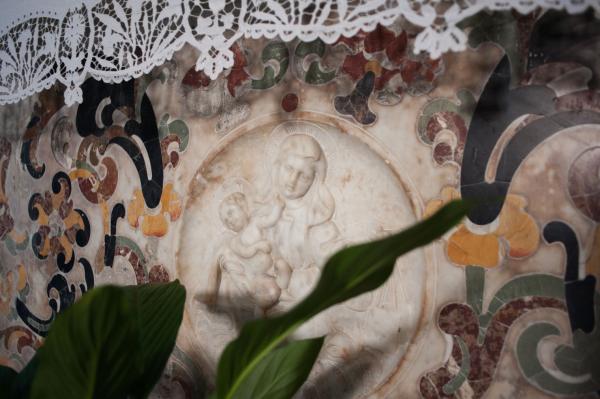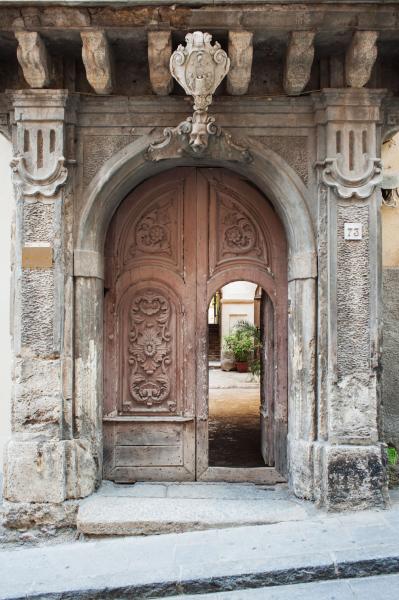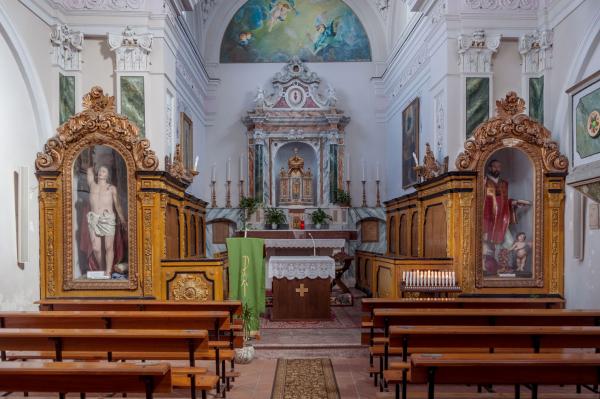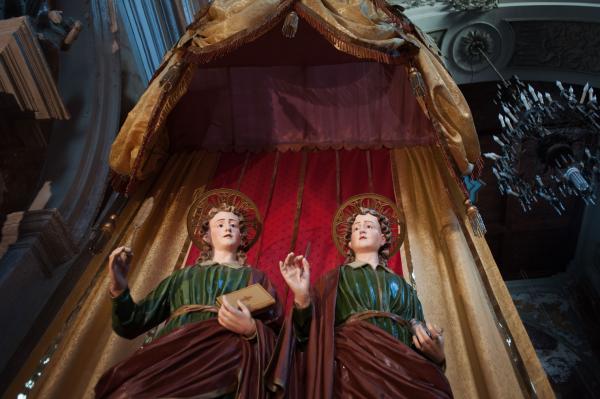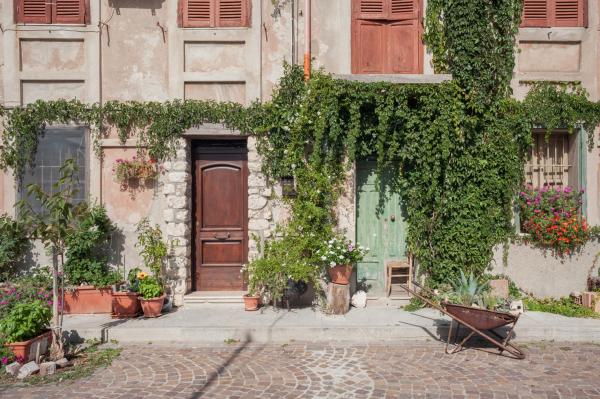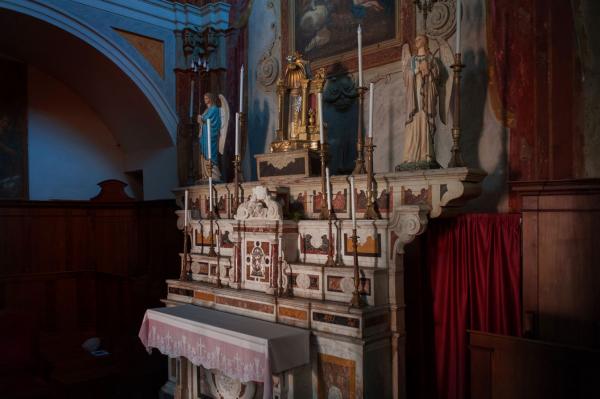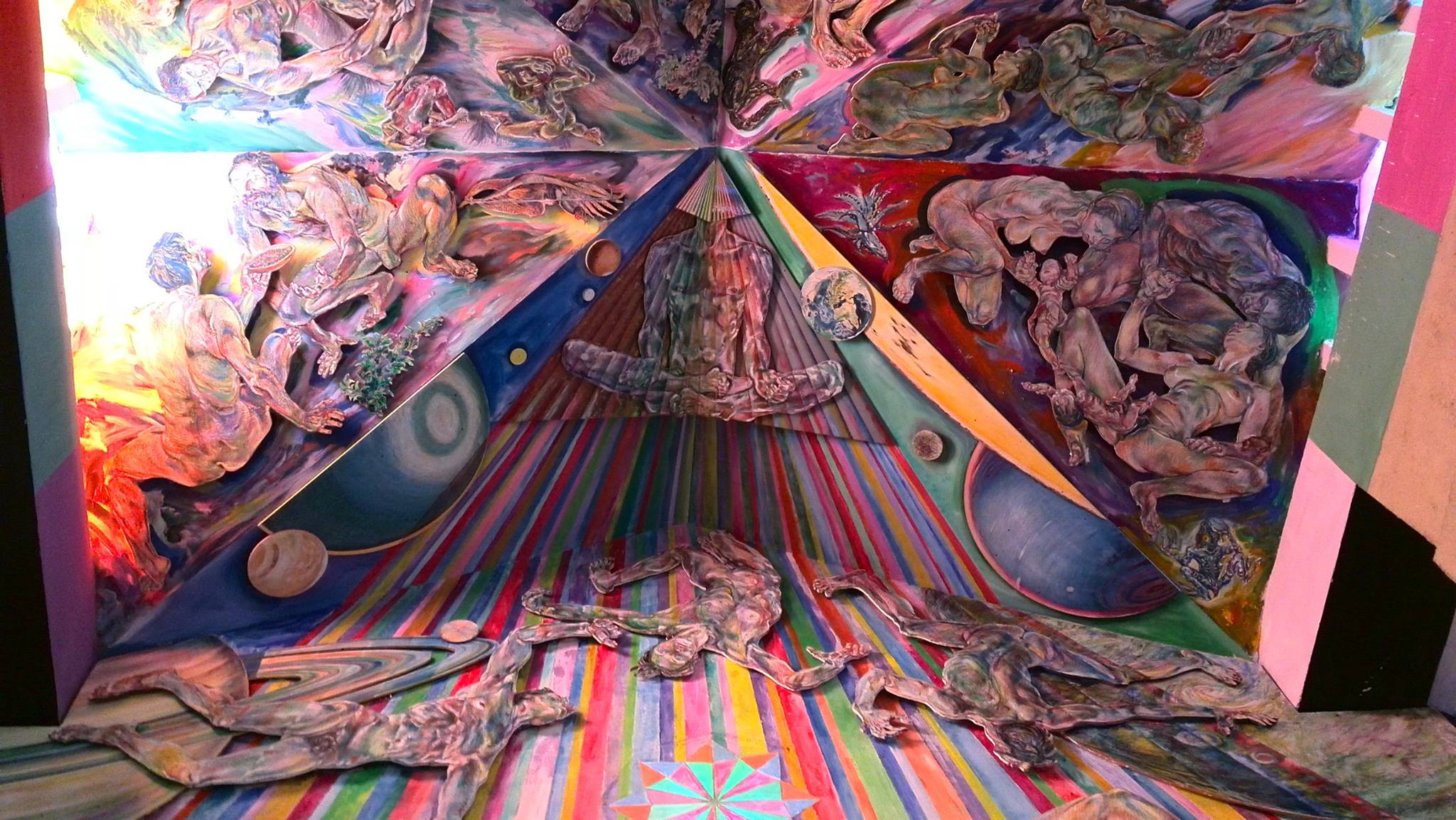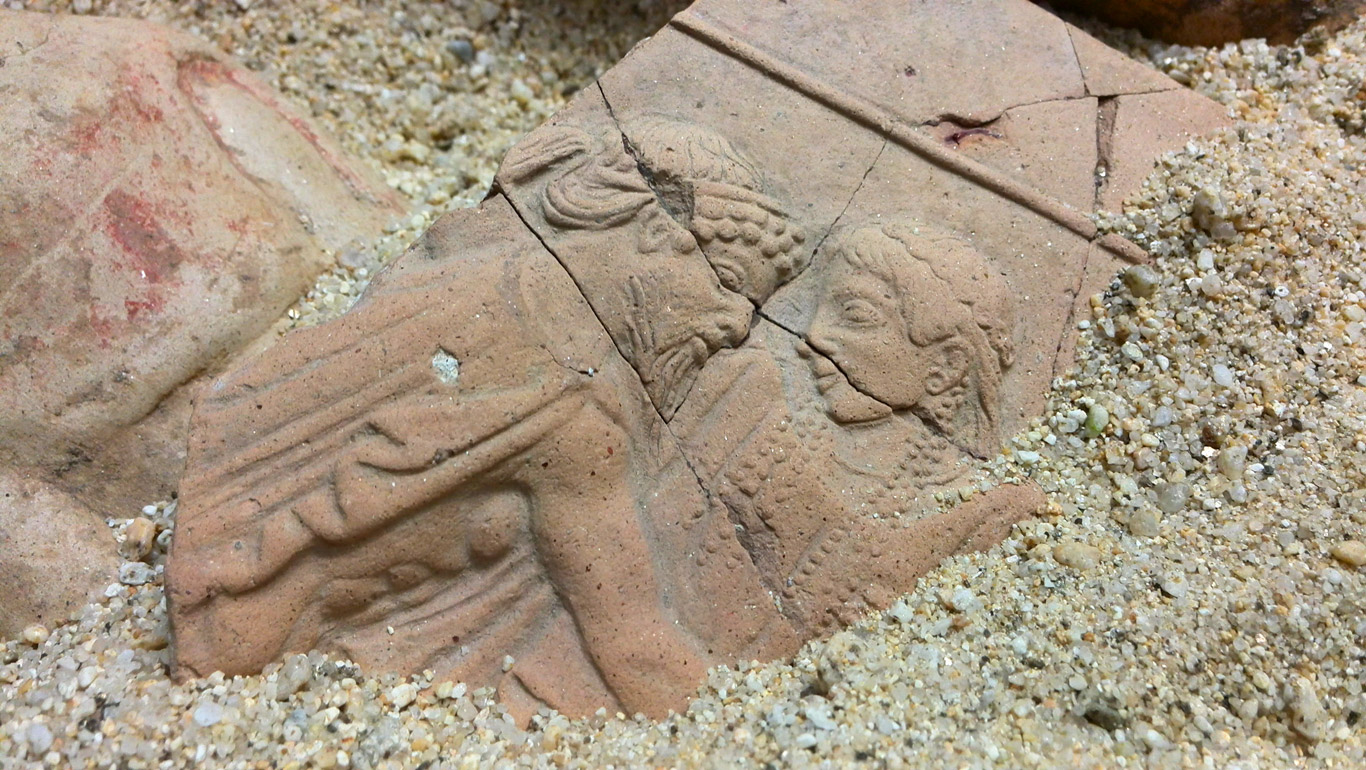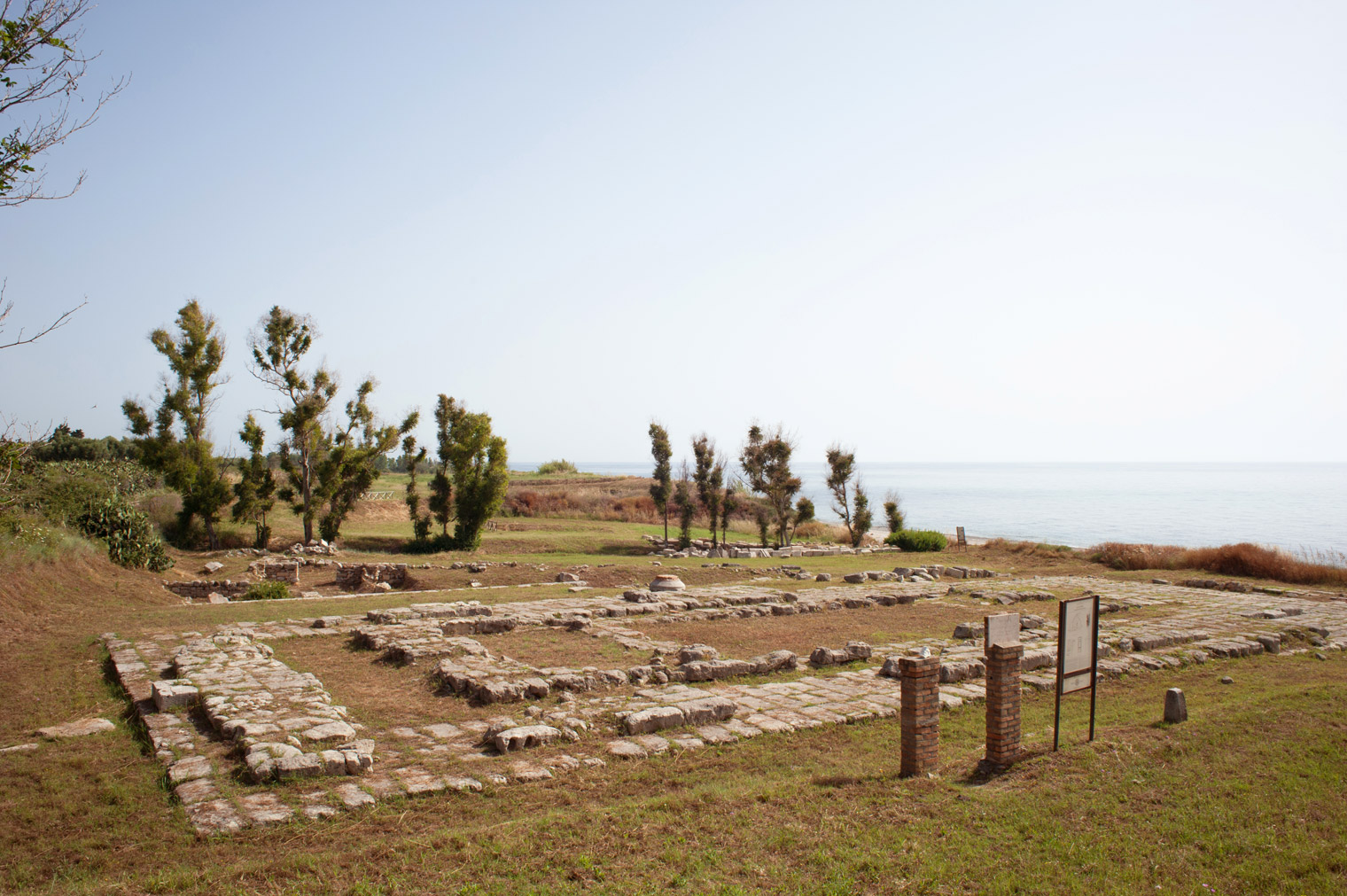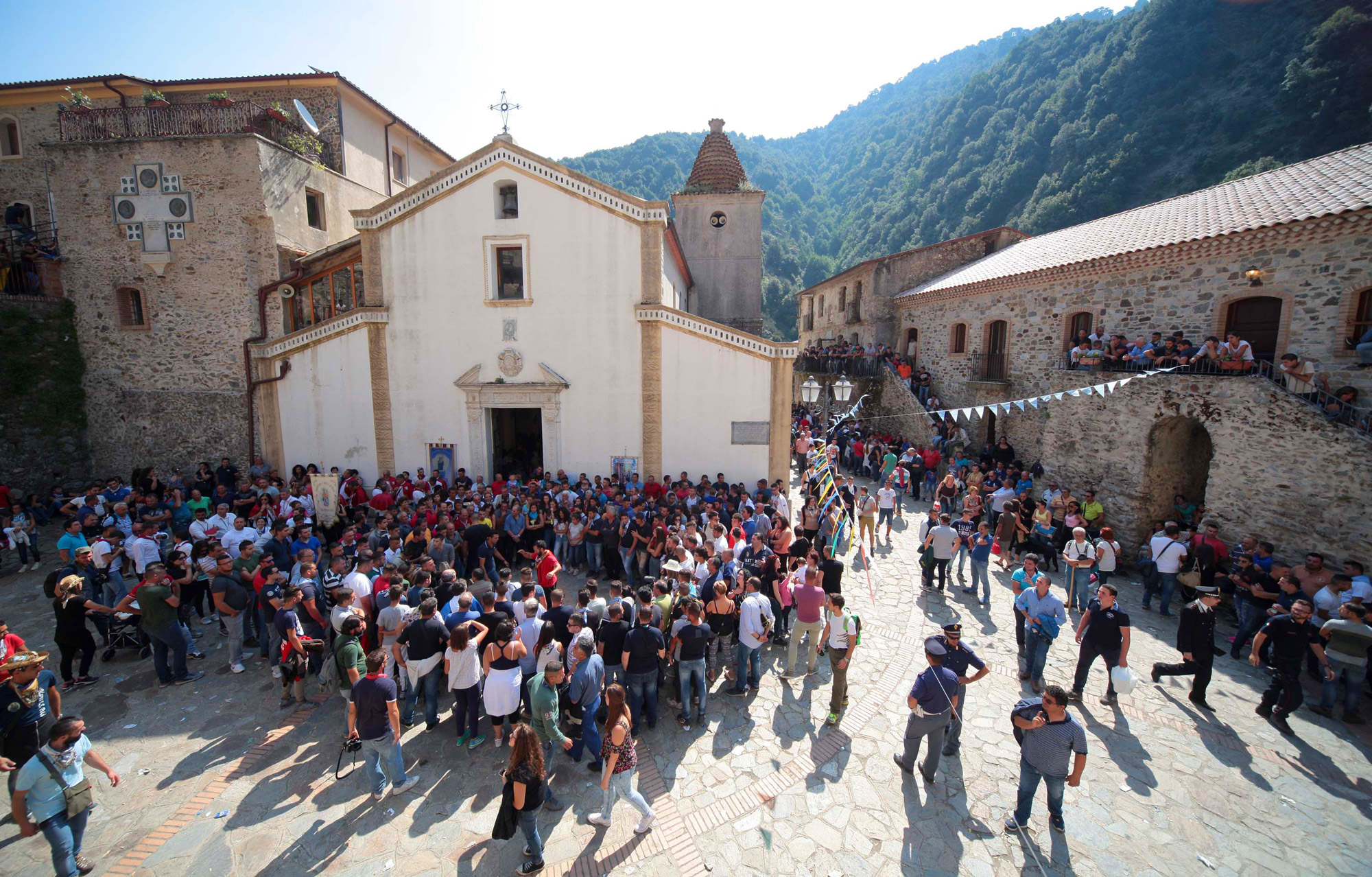Suspended halfway between the sea and the sky and situated between the mysterious woods of the Serre Calabresi and the primitive landscape of Aspromonte – of which it is considered the door to the National Park – the town of Mammola stands in all of its beauty like a work of art from the ancient past whose memory is continually renewed through its still very strong folk traditions
Elected city of the stocco or its gastronomic tradition, Mammola is the theatre every year where the famous festival dedicated to it is held, during which it is possible to taste every Calabrian variation, from the most traditional to the truly avant-garde that could dictate the future of mixing flavours and ingredients. Founded in the 4th century BC on the remains of the ancient Greek city of Malèa, Mammola stands on a fortress that saw the bloody clash between the Krotonian and Locre people, culminating in the legendary battle of the river Sagra.
From the glories of Magna Grecia to today, Mammola has always been a centre where art, history, culture, gastronomy, and life in the open air combine in a unique, colourful, and heterogeneous mix that smells of jasmine, bergamot, and mountain air.

A walk through Mammola
Perched exactly in the middle between the Aspromonte and Serre mountain range, the charming village of Mammola owes a lot to the Basilian monks who took refuge here to escape the persecutions of Constantinople. Indifferent to the merciless passage of time, the village has perfectly maintained its medieval layout, like with the Arab kasbahs. Very frequent, in the areas that in the past were their territories of conquest and domination, the village develops with narrow streets, alleys, and casings that lead to several central squares in a picturesque style, which see the alternating houses of ancient memory piled up on their edges, varying with lavish noble palaces from different eras: the harsh and pretentious lines of medieval style mix with the more refined Moorish style and with the convolutions of Calabrian Baroque, for an explosion of shapes capable of delighting every look.
There are many churches worthy of attention and each one presents at least one unique element that enriches the grace and taste of admirable architectural forms: from the Mother Church with its three imposing naves to the Grangia of San Biagio, cloaked in an illustrious past and endowed with a splendid marble altar, passing through the 16th century Baroque Church of the Annunziata and the works of the Caravaggio school that adorn the Church dedicated to Saint Phillip Neri, it is evident that here there is a privileged relationship with the sacred that sees its culmination in the Santuary of Saint Nicodemo. The hermitage—founded by the hermit Nicodemus in person – stands at a height of about 700 metres on the Limina plateau, in the Aspromonte National Park and is the destination of an annual pilgrimage, which, on the first Sunday of September, leaves from the village of Mammola and sees an enthusiastic and numerous participation of the faithful. Here, an anchorite monk and the sanctuary stil lives, in addition to being a real lighthouse for Calabrian spirituality, offers a lot to see among the frescoes of Nik Spatari, the remains of the ancient monastery of Kellerana, the frescoed chapel where St. Nicodemus left this world and the splendid panoramic view of Mount Kellerana with its three crosses. From here the mythical path of the Greeks passes, used by the Greek colonizers to connect the Ionian coast with the Tyrrhenian by land and thus avoiding the salty toll to which the ships passing through the Strait of Messina were subjected.
The Greek path is very much enjoyed by trekking lovers and offers a strong emotional experience, breath-taking landscapes, and the chance to walk through the fascinating ruins of ghost towns, abandoned by the inhabitants following natural disasters or only for migratory reasons. Further, down the valley, the Santa Barbara Park Museum, set up by the artist Nik Spatari, offers a personal and unforgettable look at the history and culture of this area. Spatari has in fact recovered the archaeological area in which the ancient Monastery of Santa Barbara once stood, reconverting it into an extraordinary museum of contemporary art that coexists with the city’s glorious past. A tireless forge of ideas and artistic suggestions, the MuSaBa is a destination for exhibitions, works, and artists from all over the world, which here remained entranced by the poetry of the territory.
DID YOU KNOW THAT...?
Linguists and scholars consider the Mammola dialect to a veritable glottological treasure. In this typical dialect, in fact many linguistic influences (Greek, Latin, Arabic, Spanish and French) go hand in hand with the history of the town. Confirming the importance of this dialect, there are several essay and academic publications on the subject, including a dictionary published in 2006.
The festivals and gastronomy of Mammola
Boasting the title of the city of the stockfish, Mammola is a town witha thousand heady traditional food dishes. The people of Mammola, during the town’s more than thousand year history, have developed unique recipes and typical products that here are prepared according to ancient traditions with simple and genuine ingredients to be shared with the rest of the world during the numerous festivals that set the village alight with food, music, and shows throughout the year. In addition, stockfish, the main product of the Mammola cuisine, here there is fresh ricotta goat cheese - fresh or smoked – with a primitive and fascinating processing, which goes alongside that of the very tasty Limina goat cheese. In these parts, extra virgin olive oil of Locride is also produced, which is different from other varieties because of the type of olives used and for its unparalleled taste. Other priceless culinary elements of the surrounding area are hot or fennel-flavoured salami, corn pizza and nacatole, Christmas cakes whose first recipe was lost in the mists of time. Each year on August 9th, in the charming squares of the town that is duly adorned the stock fish festival is held, which attracts thousands of tourists from all over the world and has been included among the most important food and wine events in Italy. Less famous, but equally as interesting, is the mushroom festival and the feast of flavours that take place between October and December and offers patrons the authentic delights of this land in occasionally very old clothes. The idea is to rediscover all the traditional flavours, which resound with joy on sad palates now unaccustomed to the wisdom that previously paired flavours and spices so successfully. Less focused on gastronomy, which still plays a fundamental role in this case, Anthesteria, the festival of the ancient populations of Magna Graecia, takes place in spring and combines the tasting of traditional dishes with an in-depth visit of the village.
